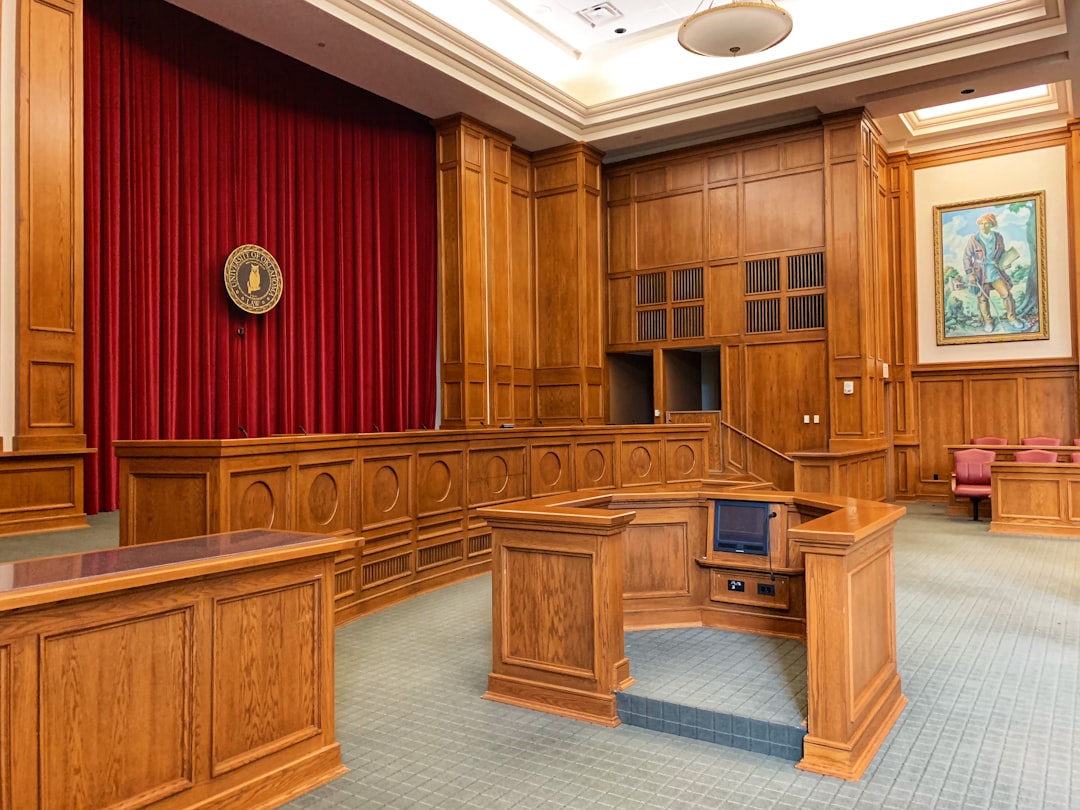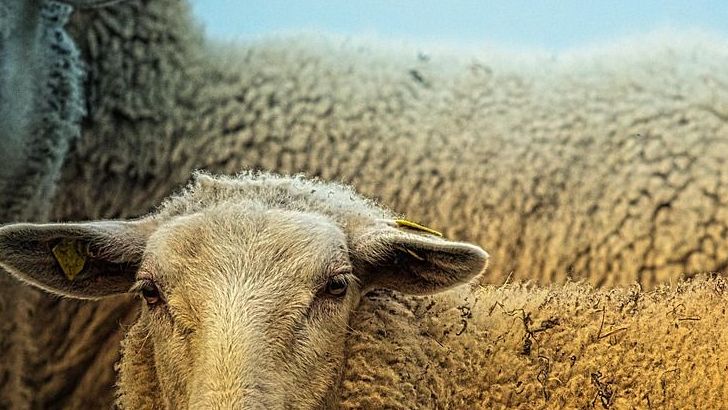The Truth About American Comfort Food
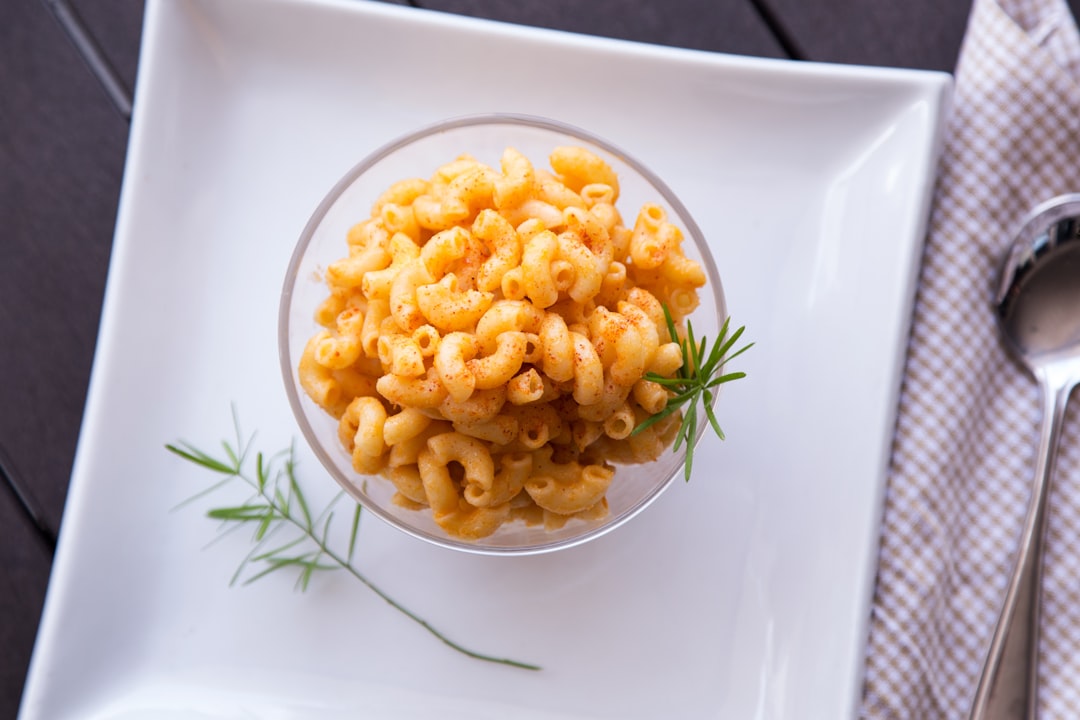
Picture this: you’re at a dinner party in 1802, and the President of the United States just served you something called “macaroni pie.” In 1802, Jefferson served “a pie called macaroni” at a state dinner. The guests weren’t quite sure what to make of this odd combination of pasta and cheese. The menu of the dinner was reported by Reverend Manasseh Cutler, who apparently was not fond of the cheesy macaroni casserole. Yet this moment marked the beginning of what would become America’s most beloved comfort food. But its appearance on the menu at the White House was seen as a novelty. What those dinner guests couldn’t know was that they were witnessing culinary history in the making. From that presidential table to today’s kitchen tables, mac and cheese has conquered America like no other dish.
James Hemings: The Real Culinary Genius
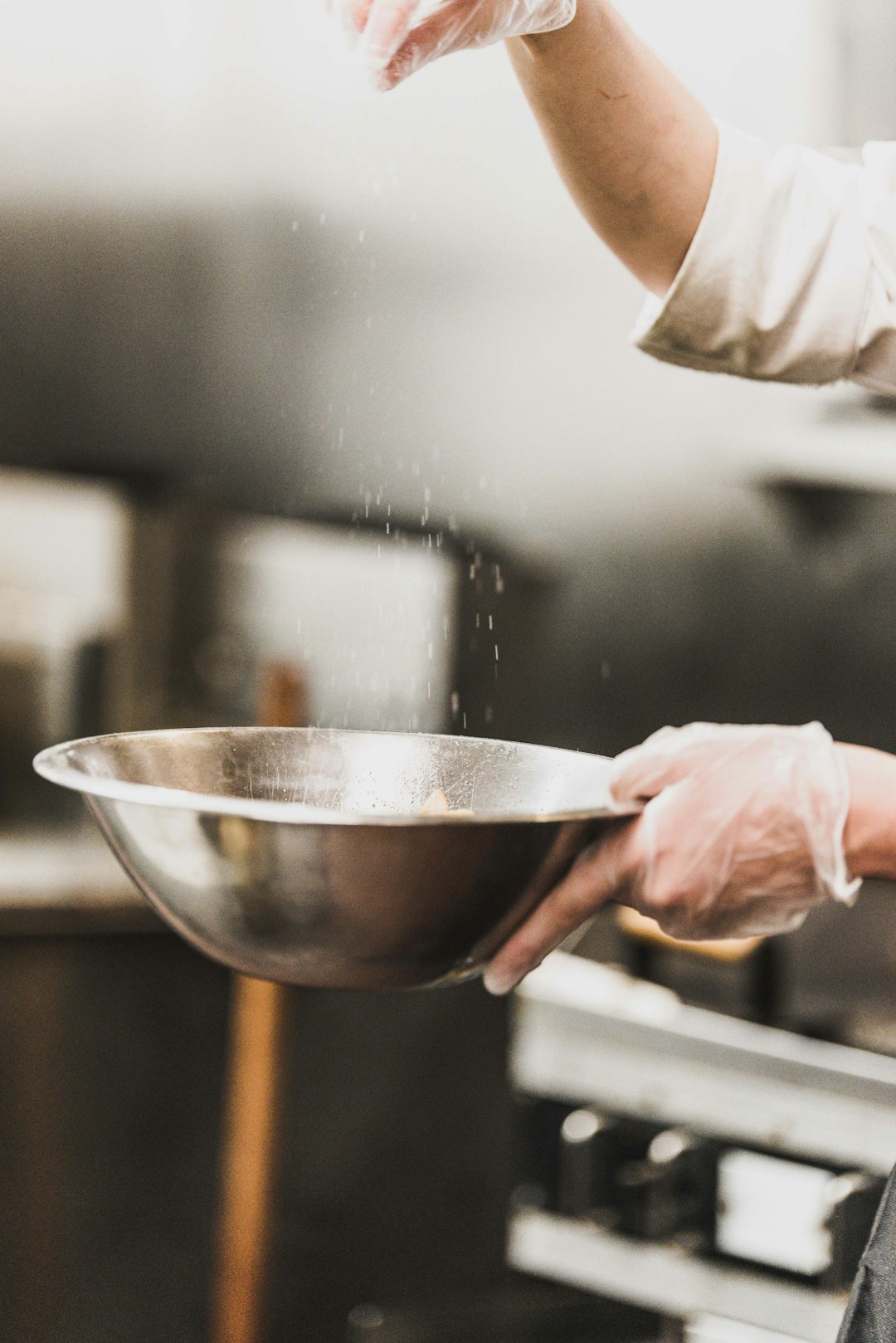
While Thomas Jefferson gets most of the credit for bringing mac and cheese to America, the real mastermind behind the dish was an enslaved chef named James Hemings. James Hemings, a chef enslaved by Thomas Jefferson did the cooking and in this chef’s opinion, should be the one we attribute the popularity of Mac & Cheese in America to. Born into slavery in 1765, Hemings possessed extraordinary culinary talents that would reshape American cuisine forever. James Hemings was born into slavery in 1765. He and many of his family members worked at Monticello, Thomas Jefferson’s family estate in Virginia. The tragedy is that history tends to remember the powerful, not the talented. Unfortunately, it is usually “the hand that holds the pen writes history”, not who holds the spoon. Hemings’ story reminds us that some of America’s greatest innovations came from those who had no choice in the matter.
A Culinary Journey to Paris
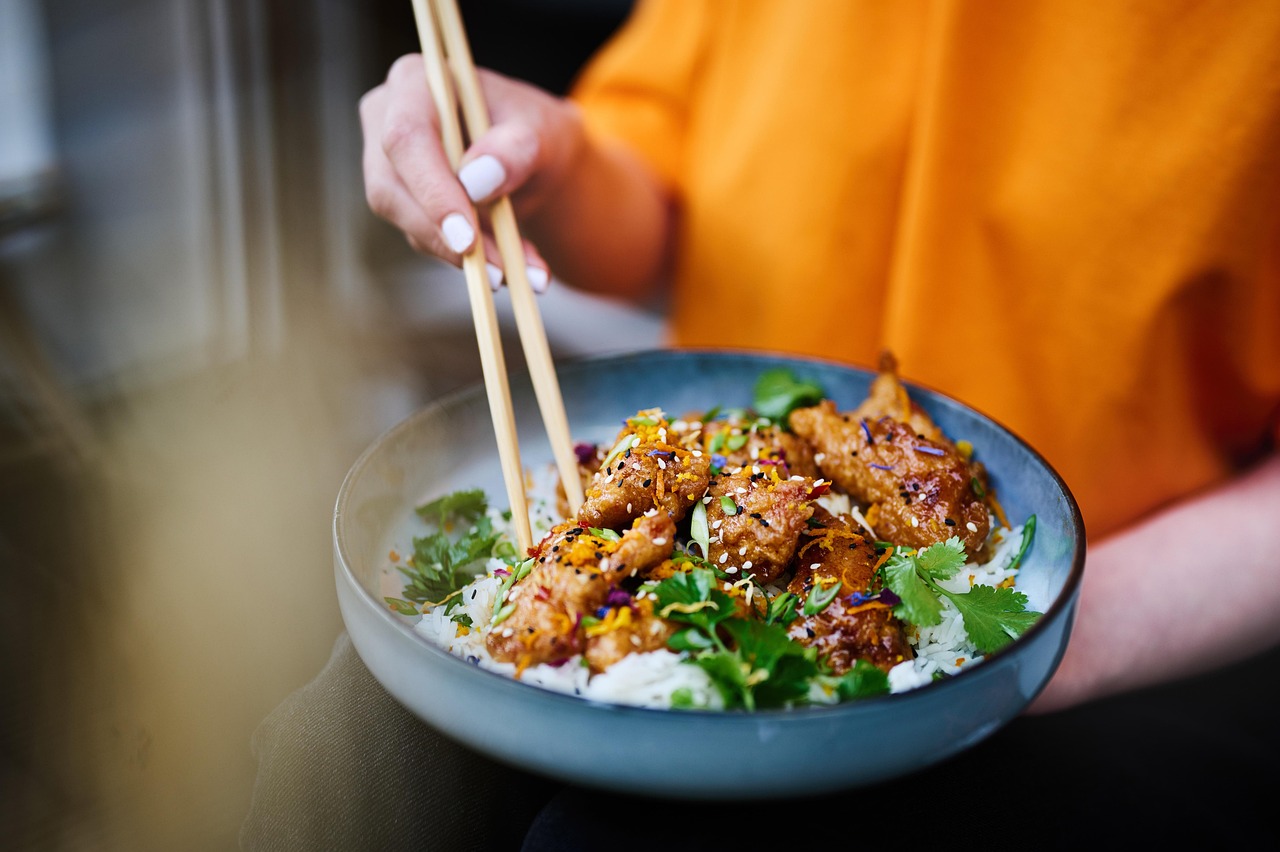
In 1784, something remarkable happened that would change American food forever. Jefferson brought James Hemings with him to Paris, where he served as the American minister to France. James Hemings spent 5 years with Thomas Jefferson in Paris learning French cuisine while Jefferson acted as United States minister to France from 1784 to 1789. This wasn’t just a diplomatic mission; it was an intensive culinary education. While Thomas Jefferson spent the trip to Paris meeting with French delegates, James Hemings used the time to learn the art of French cuisine. Throughout his training he worked with prestigious chefs, learned pastry techniques, and even cooked for one of the French princes. Imagine being just 19 years old and training in the most sophisticated kitchens in the world. James Hemings, just 19, trained at the most prominent French catering companies in Paris and even in the royal household of Prince of Conde at Chateau Chantilly. After just 3 years, James was running the kitchen of Jefferson’s home in Paris, Hotel De Langeac as chef de cuisine, the highest rank in the kitchen.
The Macaroni Machine That Changed Everything
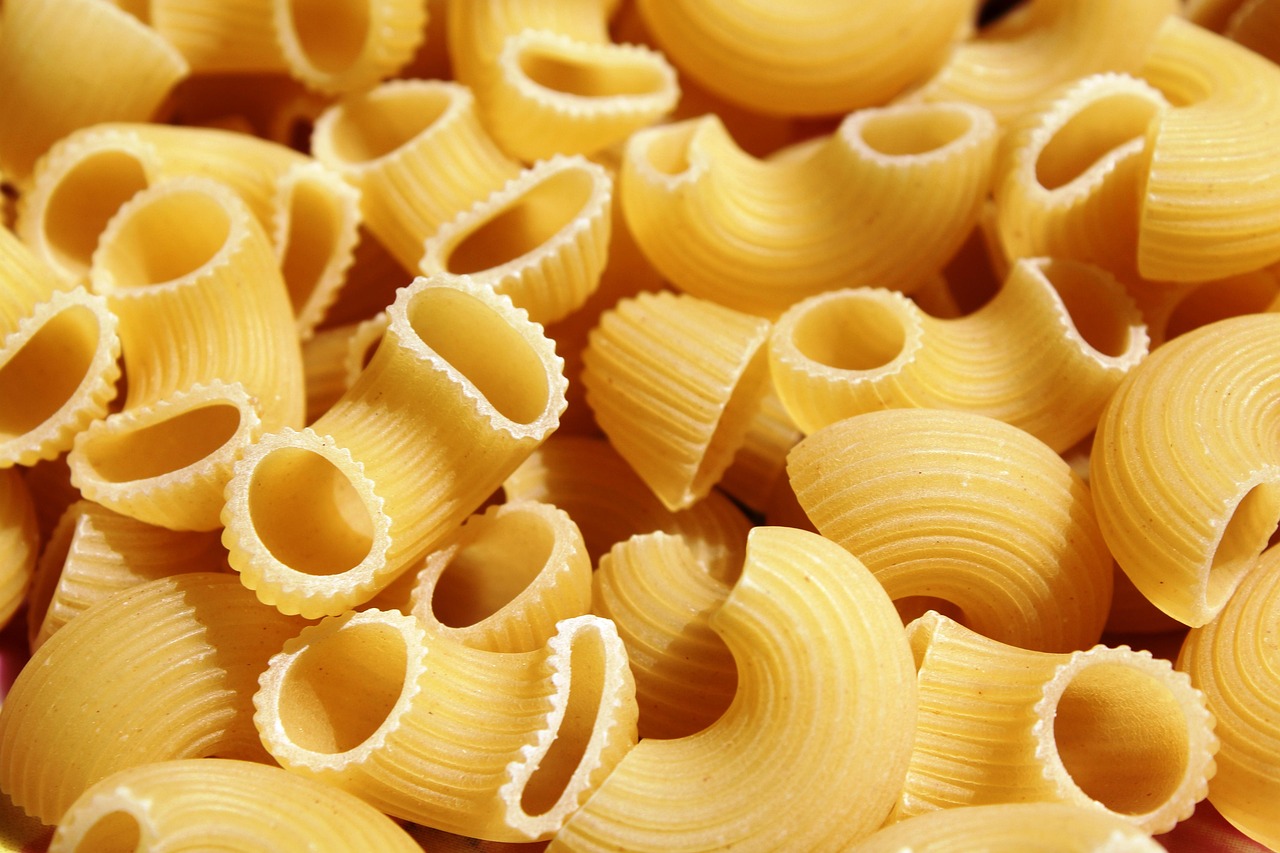
Jefferson’s fascination with Italian pasta led him to acquire something that would become legendary: a macaroni machine. While in Europe, Jefferson either saw or read about an apparatus used to make pasta, and set about acquiring one. In February 1789, William Short wrote to Thomas Jefferson that, at Jefferson’s request, he had procured a “mould for making maccaroni” in Naples, and had it forwarded to his mentor in Paris. This wasn’t just any kitchen gadget; it was a game-changer. In 1787, Jefferson wrote detailed notes on making macaroni, and he even commissioned a special pasta machine to be sent to him in America. The irony is that the machine probably arrived after Jefferson had already left Paris. The macaroni mold probably did not reach Paris until after Jefferson had departed. But the knowledge Hemings gained in France would prove far more valuable than any machine. They tasted noodles with cheese in France and Italy, loved it and brought it back to America. They popularized it. They brought it to the forefront of American attention by bringing it to the table.
Breaking the Myth of Jefferson the Chef
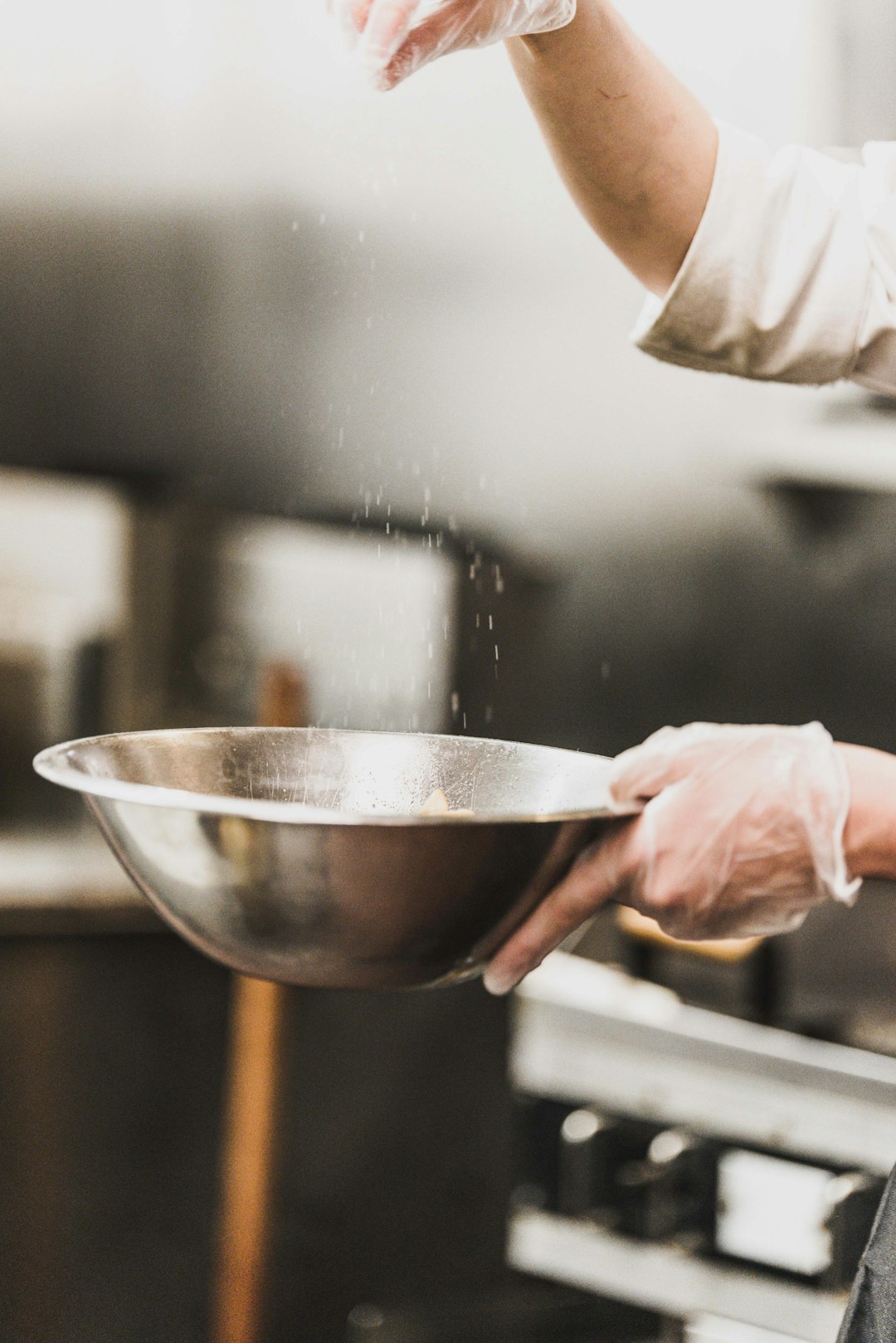
Let’s get one thing straight: Thomas Jefferson didn’t invent mac and cheese, and he certainly didn’t cook it himself. Jefferson did not invent macaroni and cheese, nor did his enslaved chef James Hemings. The man who’s often credited with this culinary breakthrough had a very specific relationship with the kitchen. Absolutely not; Thomas Jefferson was known to only enter the kitchen to fix the clocks. That’s right – the President who allegedly brought mac and cheese to America only went into the kitchen to wind the timepieces. However, we can say with certainty that he was not the first to introduce macaroni (with or without cheese) to America, nor did he invent the recipe as some have claimed. What Jefferson did was use his position and wealth to showcase Hemings’ incredible cooking skills. Food historian Adrian Miller points out that while Thomas Jefferson often gets credit for popularizing macaroni and cheese in the United States, it was of course his enslaved black chef James Hemmings who learned to cook it.
The Presidential Dinner That Started It All
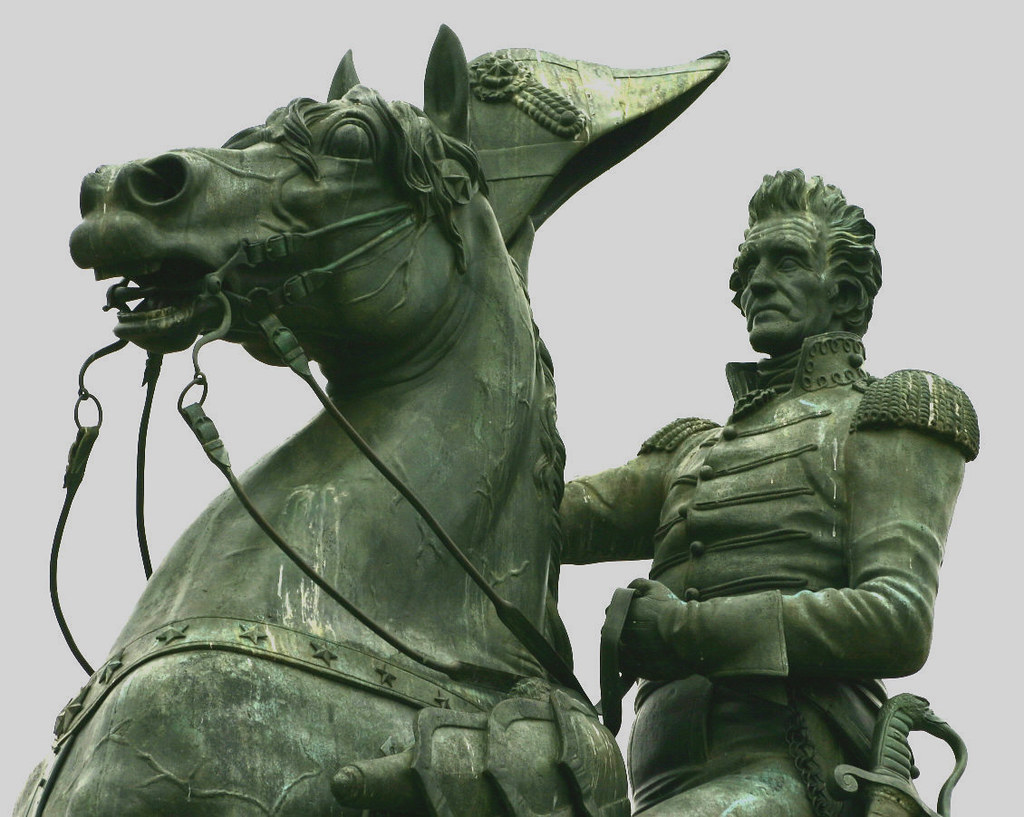
The year 1802 marked a pivotal moment in American culinary history when Jefferson served what he called “macaroni pie” at a White House state dinner. It’s said that he served a macaroni pie at a state dinner in 1802, making it one of the earliest documented instances of macaroni and cheese being served in the United States. Imagine being a guest at that dinner, expecting traditional fare and instead being served this exotic European dish. The reaction wasn’t universally positive – some guests found it strange and unfamiliar. Yet this single meal would plant the seeds for what would become an American obsession. While it’s true that Jefferson used haute cuisine to impress constituents during his years as a politician and president, it was Hemings who made the food, adapting the recipes he learned in France for an American palette. Think about it: in one evening, America’s future favorite comfort food was born from the collision of French sophistication and American hospitality.
Mary Randolph’s Recipe Revolution
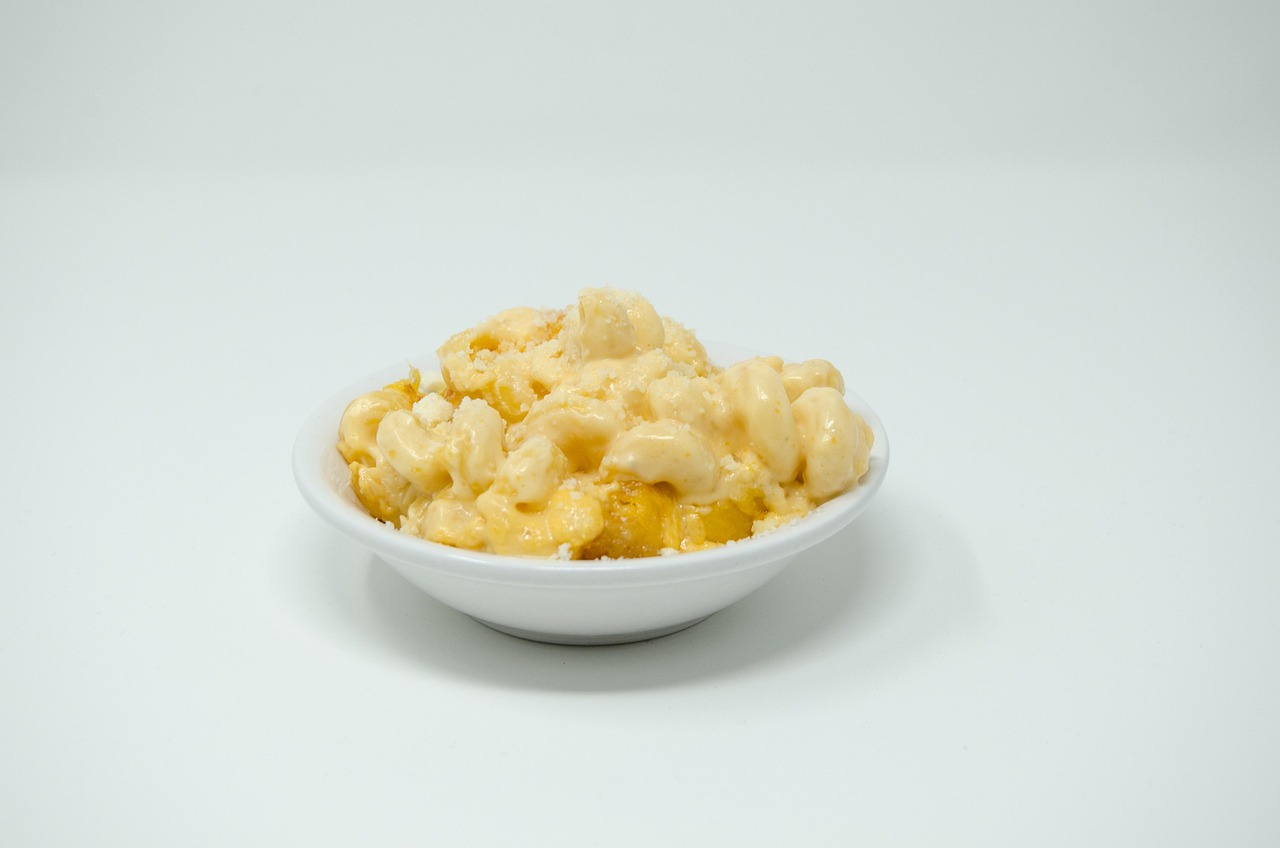
The story takes another fascinating turn in 1824 when Mary Randolph published “The Virginia House-Wife,” which contained the first printed recipe for macaroni and cheese in America. A recipe called “macaroni and cheese” appeared in the 1824 cookbook The Virginia House-Wife written by Mary Randolph. This wasn’t just any cookbook author – Randolph had direct connections to Jefferson’s family. None other than a relative of Thomas Jefferson, Mary Randolph. Thomas Jefferson’s daughter Martha (Patsy) married Mary Randolph’s brother. Her simple recipe called for just three ingredients, but it was revolutionary. Randolph’s recipe had three ingredients: macaroni, cheese, and butter, layered together and baked in a hot oven. The cookbook was the most influential cookbook of the 19th century, according to culinary historian Karen Hess. Randolph’s cookbook became a bestseller, and suddenly mac and cheese recipes were spreading across the nation like wildfire. By the mid-1880s, cookbooks as far west as Kansas and Festus, Missouri, included recipes for macaroni and cheese casseroles.
The Cheese That Built America
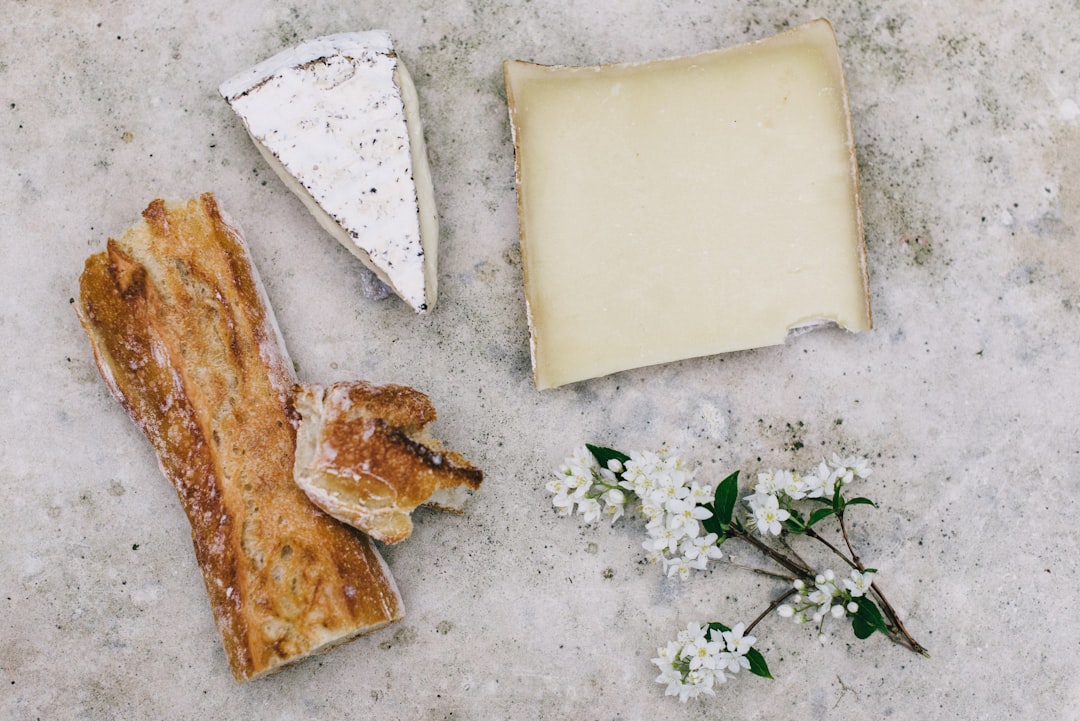
Here’s something that might blow your mind: by 1790, American cheddar cheese was so good that England was importing it. American cheddar cheese was so popular that by 1790, it was imported TO England…you know like where cheddar was invented. This reverse trade relationship shows just how quickly Americans had mastered cheese-making. In 1801, Jefferson received an incredible gift that demonstrated America’s cheese prowess. In 1801, President Jefferson was gifted a 1200 pound cheese by a baptist congregation in Massachusetts. Nicknamed the mammoth cheese. Can you imagine a cheese that weighs as much as a small car? In 1837, President Jackson was given an even bigger cheese and he invited the public to come in the White House and help eat it. These weren’t just gifts; they were symbols of American agricultural achievement and community pride.
James Hemings’ Tragic Freedom

The story of James Hemings takes a heartbreaking turn when we learn about his struggle for freedom. James Hemings was granted his freedom in 1796. After years of training and perfecting his craft, he finally negotiated his release from slavery. Of the 607 men and women Jefferson owned during his lifetime, according to Susan Stein, senior curator at Monticello, only two had ever negotiated for their freedom. James Hemings was one of them. But freedom came at a tremendous personal cost, and Hemings faced an impossible choice. Family,” historian Annette Gordon-Reed told NPR. “There was a real dilemma for many enslaved people: Do you take your freedom and separate yourself from your family?” Tragically, Hemings’ story ended too soon. James Hemings died in 1801 at just 36 years old. Only several years after finding his freedom, Hemings tragically died by suicide in 1801.
The Original Recipe That Started Everything
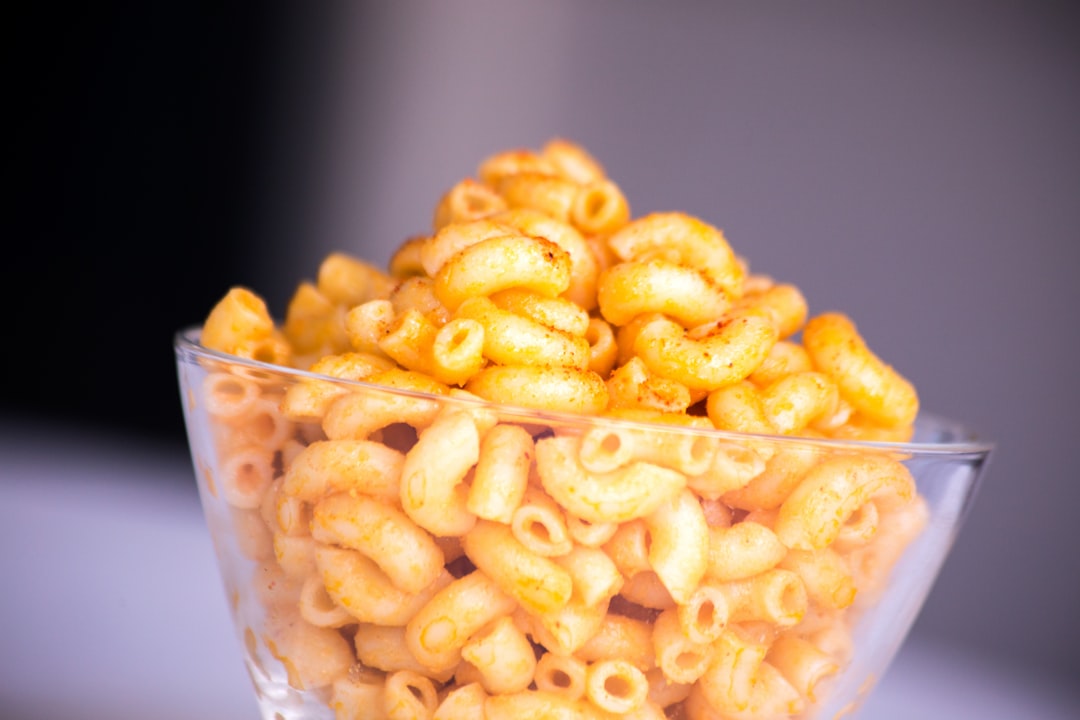
The original mac and cheese recipe that emerged from Jefferson’s household was remarkably simple yet sophisticated. At Monticello, it was called Macaroni Pie, and my mom explained that it is different from a lot of macaroni and cheese recipes because it doesn’t require you to make a flour-based cheese sauce. This recipe is actually very easy, and you only need five ingredients or so—six if you count seasonings. The method was surprisingly elegant: pasta cooked in milk and water, then layered with cheese and butter. The elbow macaroni is cooked in equal parts milk and water, and you save some of that in a measuring cup. Then you layer the pasta with cheese and butter, pouring a little of the milk and water mixture over it each time. This technique created something completely different from today’s heavy cheese sauce versions. I had to make it a few times to get it right — it’s important to cook the pasta until tender, not al dente. It also helps to reserve some of the boiling liquid and add it before baking, to keep the pasta moist. The result was lighter, more delicate, and distinctly different from what we know today.
America’s Growing Obsession with Cheese
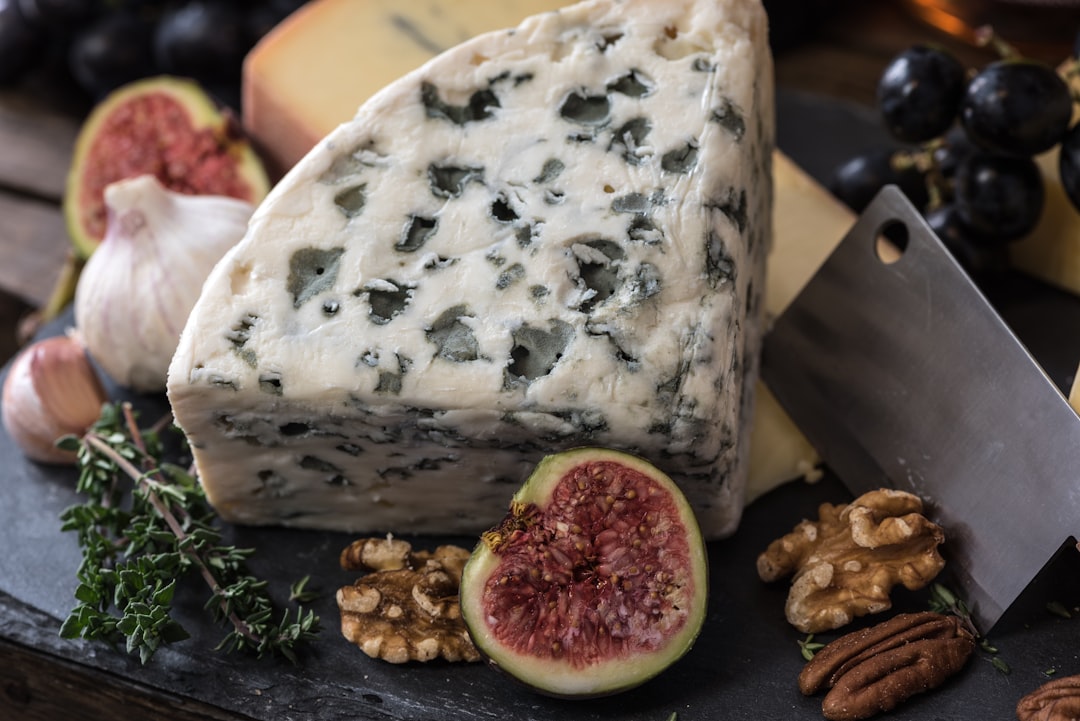
Fast forward to today, and Americans have become absolutely obsessed with cheese in all its forms. In 2022, the average consumer in the United States ate about 41.8 pounds of cheese. Over the past ten years, U.S. per capita consumption of cheese has increased by over five pounds. That’s nearly 42 pounds of cheese per person every single year! To put this in perspective, Americans are consuming cheese at record levels. US shoppers ate a record-breaking amount of cheese in 2023 – but milk consumption continued to slip. While we’re drinking less milk than ever before, we can’t get enough cheese. U.S. and Canada came in second and third in that year at about 17.96 and 14.59 kilograms of cheese per capita. Only Europeans eat more cheese than Americans, which is saying something considering cheese’s ancient European origins.
The Boxed Mac Revolution
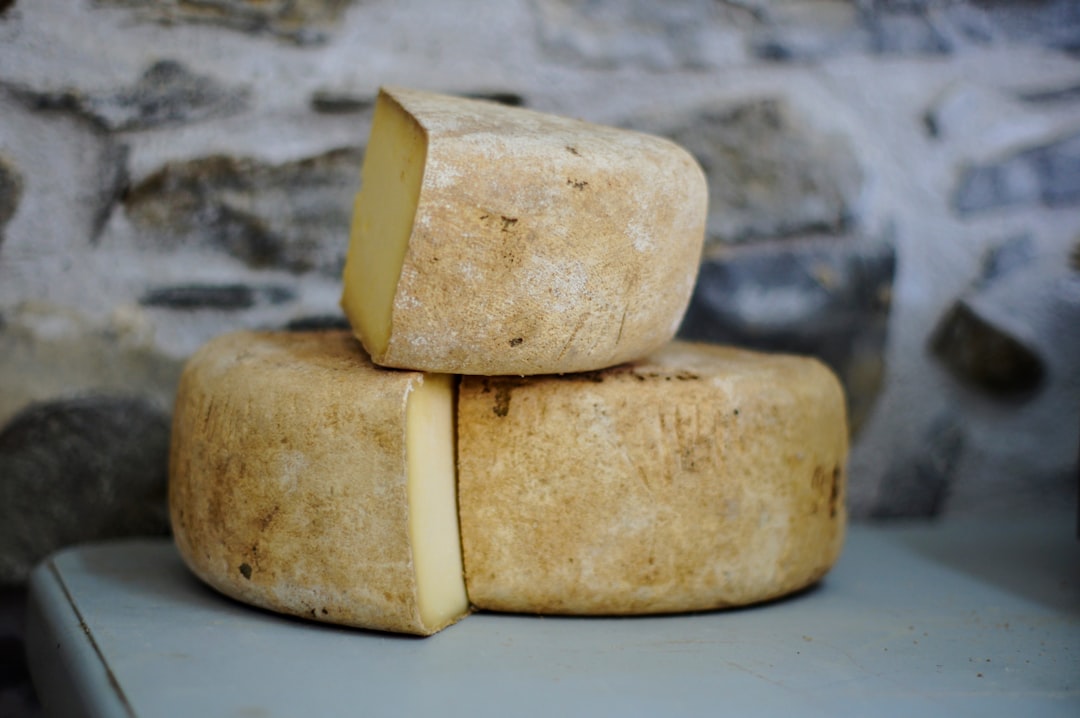
The mac and cheese story took a dramatic turn in 1937 when Kraft introduced something that would change everything: boxed macaroni and cheese. Kraft hired Leslie and began to produce Kraft Macaroni & Cheese (known as Kraft Dinner or KD in Canada) in 1937 with the slogan “make a meal for four in nine minutes”. This innovation democratized mac and cheese, making it accessible to families regardless of cooking skill or income. It was an immediate success in the US and Canada amidst the economic hardships of the Depression. During World War II, rationing made boxed mac and cheese even more popular. During the Second World War, rationing led to increased popularity for the product, of which two boxes could be obtained for one food rationing stamp, or one box for 19 cents. Suddenly, James Hemings’ sophisticated creation had become the ultimate convenience food.
The Multi-Billion Dollar Mac and Cheese Empire
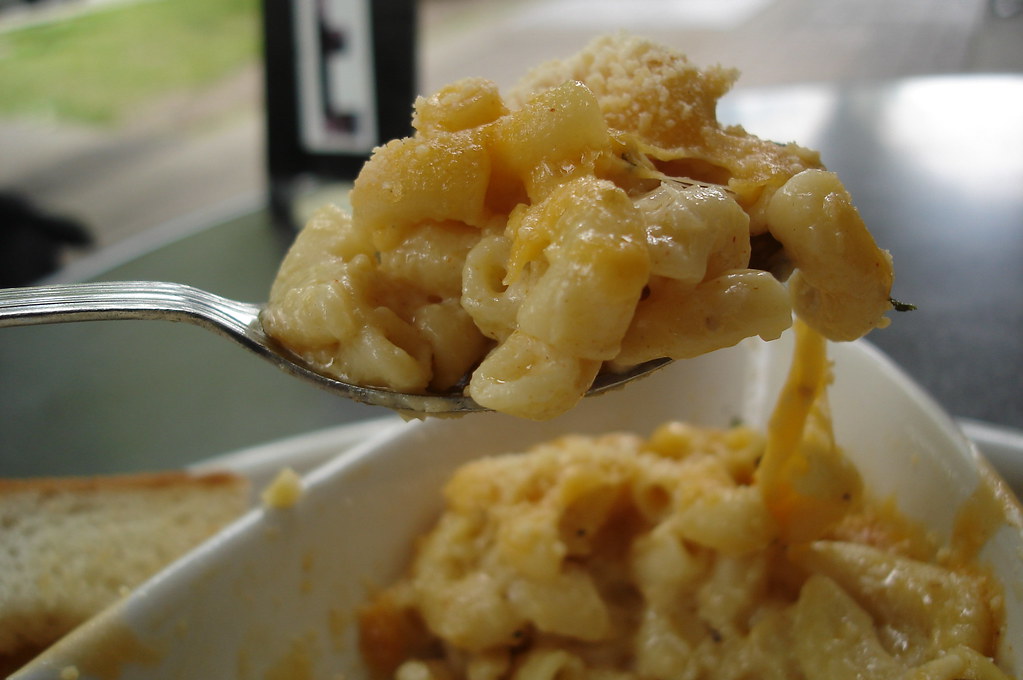
Today’s mac and cheese market is absolutely staggering in size and scope. Packaged Mac and Cheese Market growth trajectory is set to achieve US$ 7,761.15 Million by 2030, expects a strong CAGR during the forecast period. We’re talking about a market worth nearly eight billion dollars! Even more surprisingly, it turns out Americans aren’t actually the world’s biggest consumers of boxed mac and cheese. In fact, Canadians purchase nearly 25% of the 7 million boxes of Kraft Dinner sold worldwide each week. That means our neighbors to the north are absolutely obsessed with the stuff. Sasha Chapman, writing in The Walrus, considered it to be Canada’s national dish, ahead of poutine. The industry continues to innovate, with companies like General Mills making headlines for safety improvements. In February 2023, General Mills’ Annie’s mac ‘n cheese became the first-ever food company to eliminate toxic phthalates in food processing equipment.
From Elite Dish to Comfort Food for All
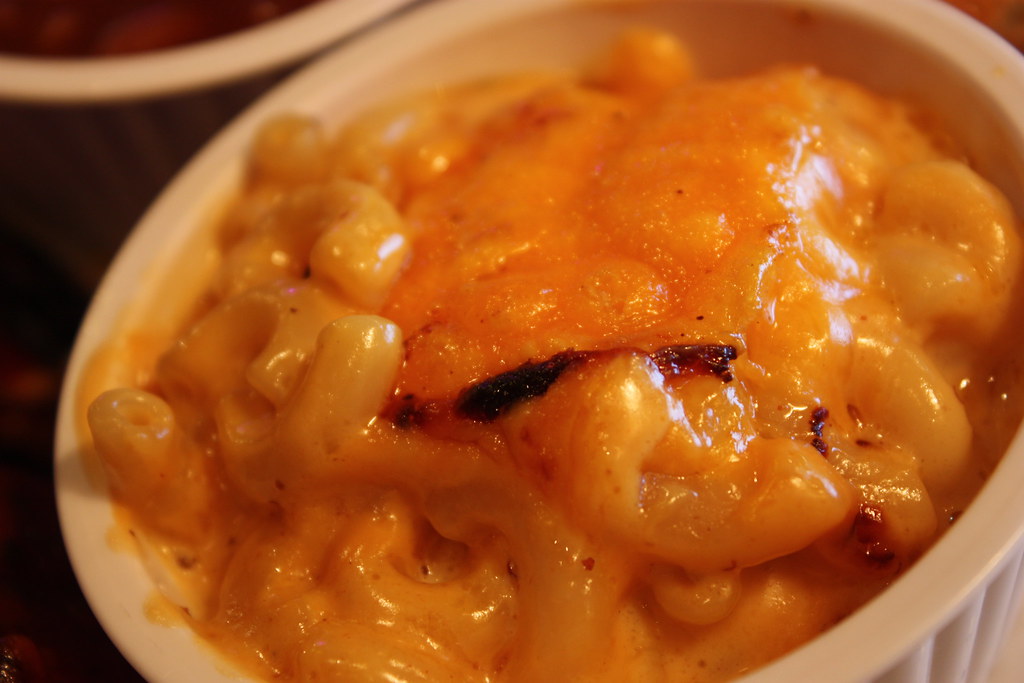
What’s fascinating about mac and cheese’s journey is how it transformed from an elite presidential dish to the ultimate democratic comfort food. Factory production of the main ingredients made the dish affordable, and recipes made it accessible, but not notably popular. As it became accessible to a broader section of society, macaroni and cheese lost its upper-class appeal. This shift represents something uniquely American: our ability to take sophisticated European cuisine and make it accessible to everyone. In the end it turned out to just be a financial decision by the chef: In great American tradition, he bought the cheapest protein possible. To understand the evolution of macaroni and cheese is to realize that pursuit of the “cheapest protein possible” has been a longstanding quest of the American food system. From James Hemings’ elegant creation at Monticello to today’s $1 box of Kraft dinner, mac and cheese embodies both our culinary ambition and our democratic ideals. In the Antebellum South, mac and cheese was a weekend and celebration food. What started as a novelty for the wealthy became sustenance for working families, proving that truly great food transcends class barriers and becomes part of our shared cultural DNA.
So the next time you dig into a bowl of creamy, cheesy mac and cheese, remember you’re not just eating comfort food – you’re participating in a culinary tradition that spans from the palaces of Paris to the White House to your kitchen table, carried forward by the extraordinary talent of an enslaved chef whose name deserves to be remembered alongside the dish he helped create.





